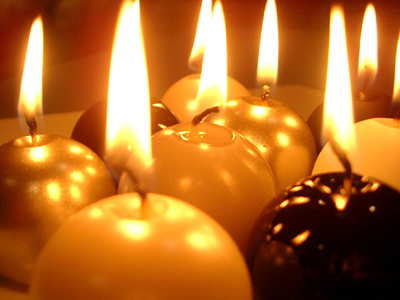
Mixing and Dissolving
Let's get mixing in our KS2 Science adventures! We'll do experiments with solvents, solutes, and suspensions, trying to see which things mix together and which ones don't.
Mixtures happen when we combine things, like solids, liquids, or gases. Have you seen sugar disappear in water? That's because sugar (solute) dissolves in water (solvent), making a yummy solution! But not everything dissolves; sand stays grainy, making a suspension. The bits will settle at the bottom.
What's a solvent, solute, and solution? Test your mixing skills with this awesome KS2 Science quiz. How much do you remember?
Click to See How Quizzes Help LearningReady for more?
not all...
quizzers. Try to win a coveted spot on our Hall of Fame Page.







